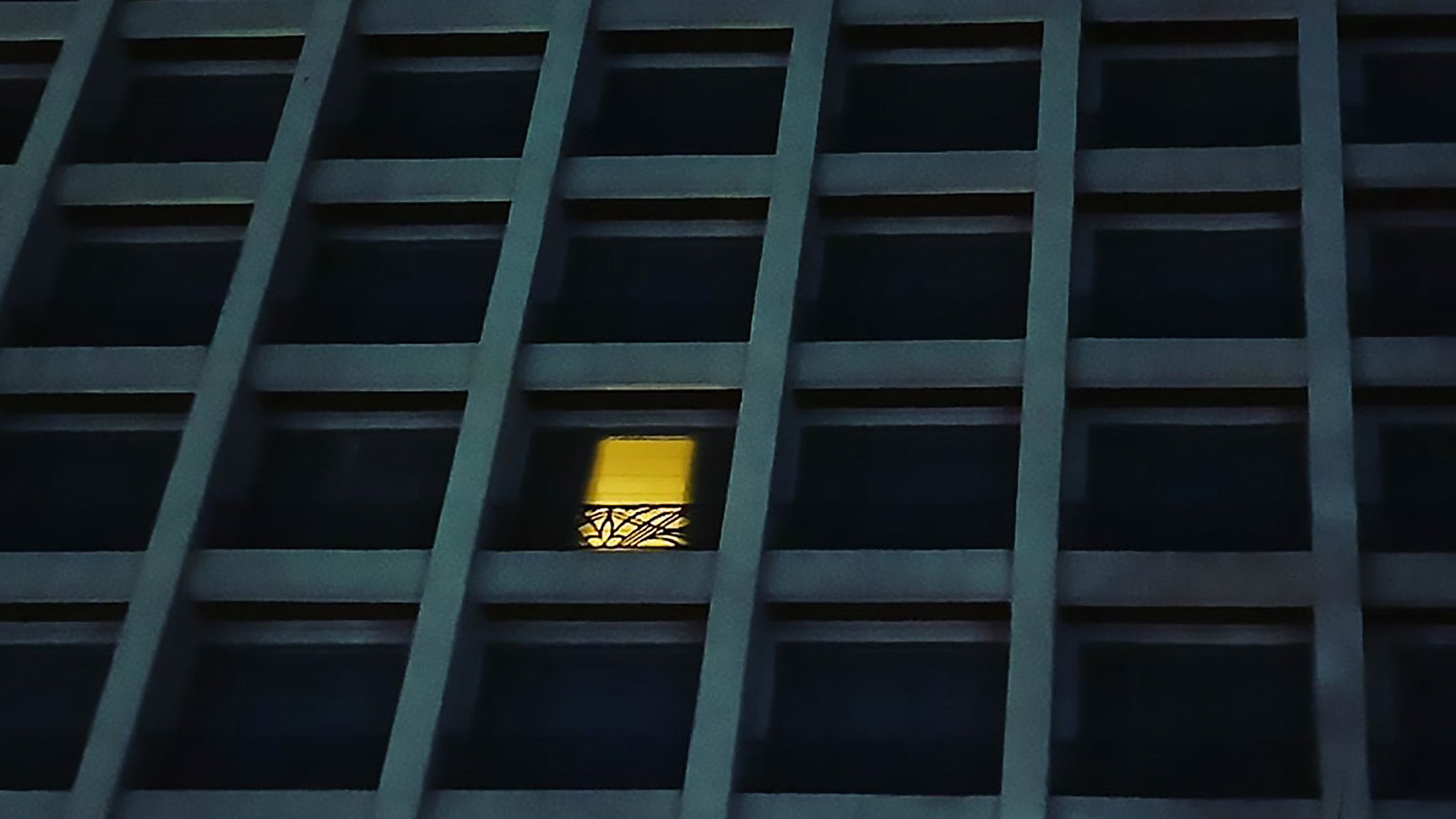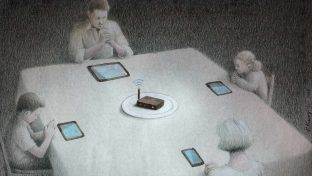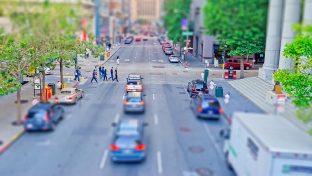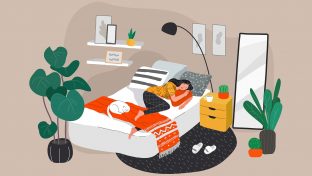Urban Loneliness & Isolation: The Dark Side Of Living In A Big City

The suburbs have been long maligned as sprawling places that cause social isolation, however, city dwellers are now starting to recognize that dense metropolises cause their own unique mental health challenges.
- According to a recent TimeOut City Index survey, a whopping 55% of Londoners and 52% of New Yorkers reported that their city can feel like a rather lonely place.
- Our computers and phones allow us to stay connected to long-distance family and friends, but this can also prevent us from connecting within our own neighborhoods.
- We need to reach out and connect with each other in order to form meaningful relationships and feel like we really belong.
Struggling with loneliness or having a mental health crisis?
- Suicide Prevention Lifeline: 1-800-273-TALK (8255); Deaf or hard of hearing dial 711 before the number or connect via online chat
Whenever I tell someone that I lived in San Francisco in my twenties and thirties (upon snagging a rent-controlled apartment before all the madness of the tech boom), that person usually says something like:
‘Oh wow, how FUN! You were so lucky to experience the city when you were young…’
Or:
‘How awesome to live there back in the good old days before it got so expensive!’
But what they don’t know is that despite all the opportunities and excitement of my surroundings, I was incredibly lonely back then.
Especially in the first few years, it was hard for me to make good friends, and a lot of times, I just felt lost in the crowd.
What I didn’t realize at the time was that I was suffering from a type of loneliness and isolation that is actually quite common and one of the challenges of living in an urban environment.
What Are Some Common Causes Of Urban Loneliness?
The problem, as I came to find out, is that it’s not enough just to live in close proximity to others.
Many of us don’t even know who our neighbors are, even when we walk past them every single day, and living in a city can magnify this issue.
Here are a few of the major factors that contribute to urban isolation:
(Editor’s Note: For a more detailed look at how to deal with being alone in a new city, click here.)
- A Transient Population: A large population of non-natives (or even expatriates) can make people feel ungrounded, while young people often leave after a few years to settle down in the suburbs. It can be hard to form a solid group of friends when people are always coming and going.
- Technology: Many city dwellers are single and live alone. This causes us to rely even more on technology to quell the loneliness, particularly in instances like the COVID-19 pandemic where social distancing and shelter-in-place orders were commonplace.
- A Poor Work-Life Balance: Long hours spent at work are often required to afford living in an expensive city and everyone around us seems to be deep into the career “rat race.”
- Negative Politeness: This is the tendency people have to ignore social niceties when they are in large crowds. We feel like we’re imposing on other people’s space, so we avoid small chat or even just a friendly “hello” to the person next to us on the subway.
- City Architecture: High-rise buildings can cause disorientation and depression, while large low-income housing complexes can make residents feel isolated from, and inferior to, the rest of the city.
- Our Brains: Humans simply haven’t evolved to live in this type of artificial environment! We are social creatures who have historically thrived in smaller family-based tribes. Constantly being surrounded by thousands of people is more than we were ever meant to process!
What Are City Planners Doing To Help Ease Urban Loneliness And Isolation?
City planners are examining how our physical environment can impact our sense of community in ways we don’t even consciously realize, and they are redesigning urban spaces to address this very issue.
This includes changes to public housing density and location, more parks and green spaces, community gardens, and wider sidewalks with spaces that encourage people to socialize while they “stop and smell the roses.”
Urban planners are also creating spaces that bring intergenerational crowds together, which benefits the elderly who have suffered most from social isolation in cities.
Here is an interesting TED Talk in which architect Grace Kim discusses how co-housing within cities can make people feel more like they’re part of an extended family.
Co-housing apartments include individual apartments mixed with several shared social spaces and a central courtyard:
With city planners and architects like Grace Kim, we can begin to move in the right direction, addressing the issue of urban isolation so that we can all make the most of our beloved cities in the future and feel less alone.
Click here for more information about urban loneliness and tips on how to cope if you’re currently going through it.
Closing Thoughts
Although city planners are doing their part to help mitigate loneliness in metropolitan areas, we need to make connections with others wherever (and however) we can.
So the next time you’re walking down a city street or waiting for the train, don’t hesitate to strike up a conversation with those around you — you never know who might become a new friend.
Editor’s Note: This article is part of The Roots Of Loneliness Project, the first-of-its-kind resource that comprehensively explores the phenomenon of loneliness and over 100 types we might experience during our lives.
Find Help Now
If you’re struggling with urban loneliness, we’ve put together resources to meet you wherever you are — whether you want someone to talk to right now, or are looking for longer-term ways to help ease your loneliness.
- Suicide Prevention Lifeline: 1-800-273-TALK (8255); Deaf or hard of hearing dial 711 before the number or connect via online chat
- Resources & Emotional Support For Loneliness
- Volunteer & Pet Adoption Opportunities
(Editor’s Note: The featured image is courtesy of Abeer Kahn and used with permission.)






